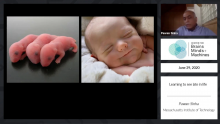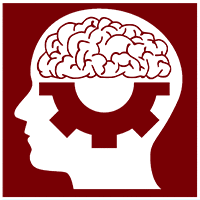
The incidence of childhood blindness in India is triple that of the west, with devastating consequences for childrens’ lives. Project Prakash, founded by MIT Professor Pawan Sinha, seeks to restore sight to curably blind children, and to answer fundamental scientific questions about how the neural circuitry for vision develops in the brain. Through behavioral experiments and brain imaging studies of children and adults who regain sight after being blind from birth, researchers can track the development of visual abilities, from basic acuity to high-level tasks such as face recognition. Deep learning models that capture aspects of this progression in humans show promise for improving machine vision systems.
Video: Learning to see late in life (1:17:28)
Additional Resources:
- Sinha Laboratory for Vision Research at MIT
- Project Prakash website
- Vogelsang, L., Gilad-Gutnick, S., Ehrenberg, E., Yonas, A., Diamond, S., Held, R., Sinha, P. (2018) Potential downside of high initial visual acuity, Proc. National Academy of Sciences, 115(44):11333-11338.
- Gandhi, T. K., Singh, A. K., Swami, P., Ganesh, S., Sinha, P. (2017) Emergence of categorical face perception after extended early-onset blindness, Proc. National Academy of Sciences, 114(23):6139-6143.

